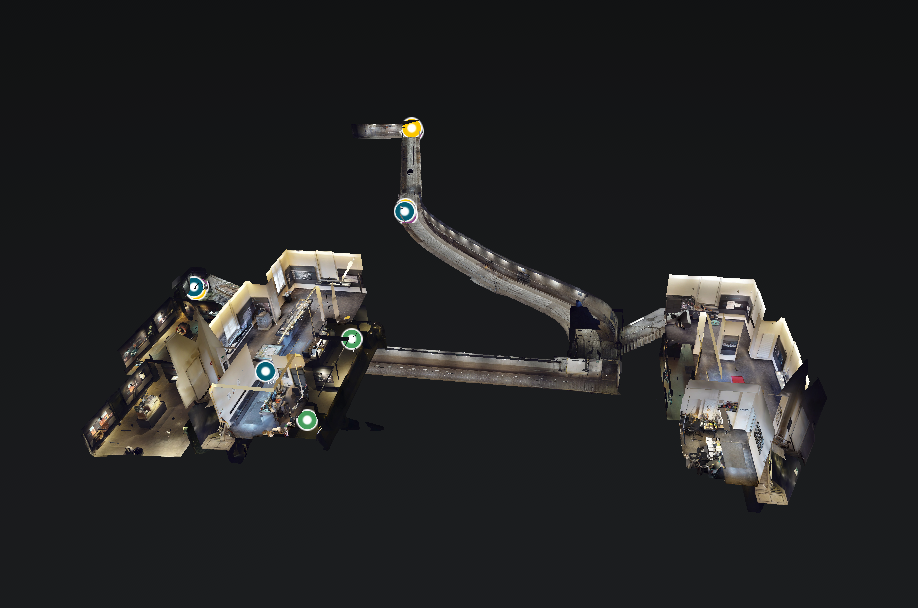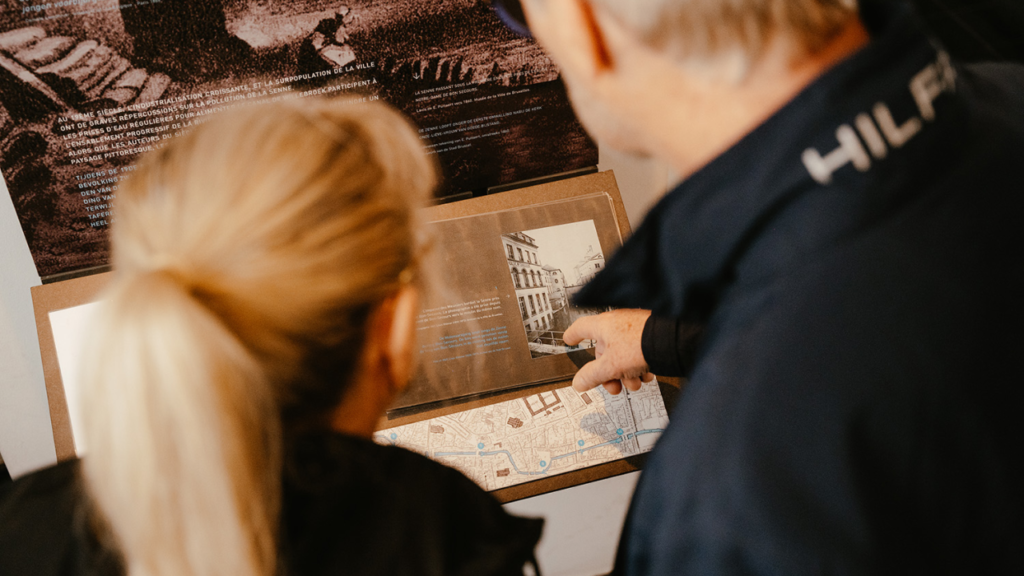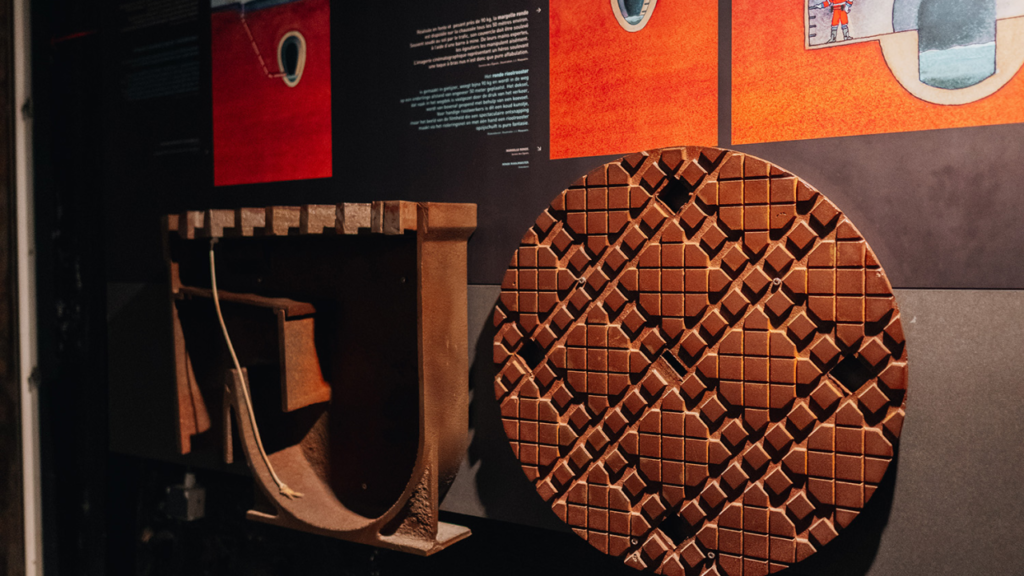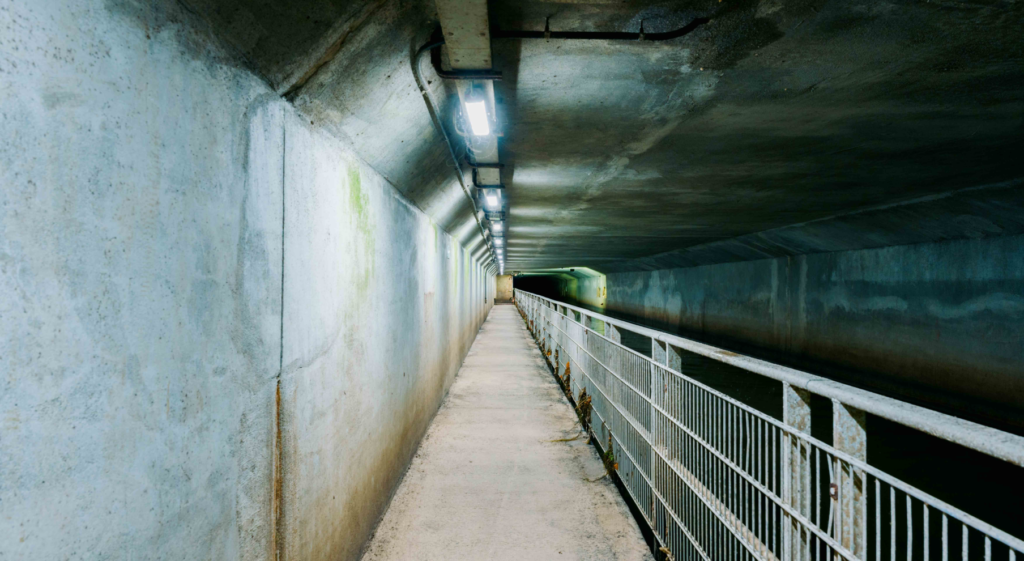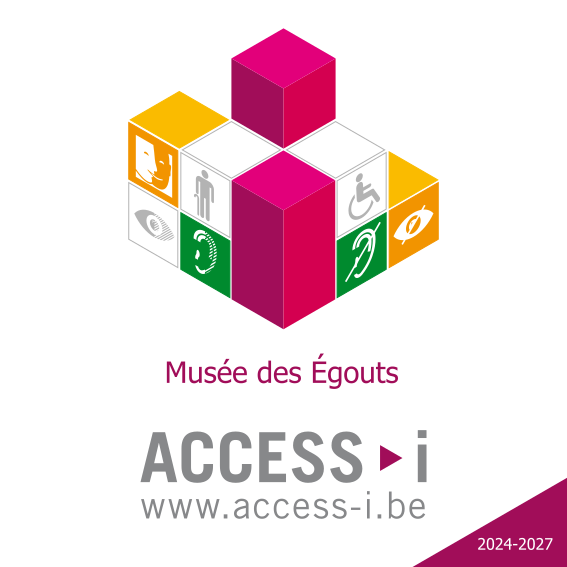Are you curious about the Sewer Museum and what you could discover there?
About the Sewer Museum
The Sewer Museum is a science museum that lets you plunge into the underground networks beneath Brussels.
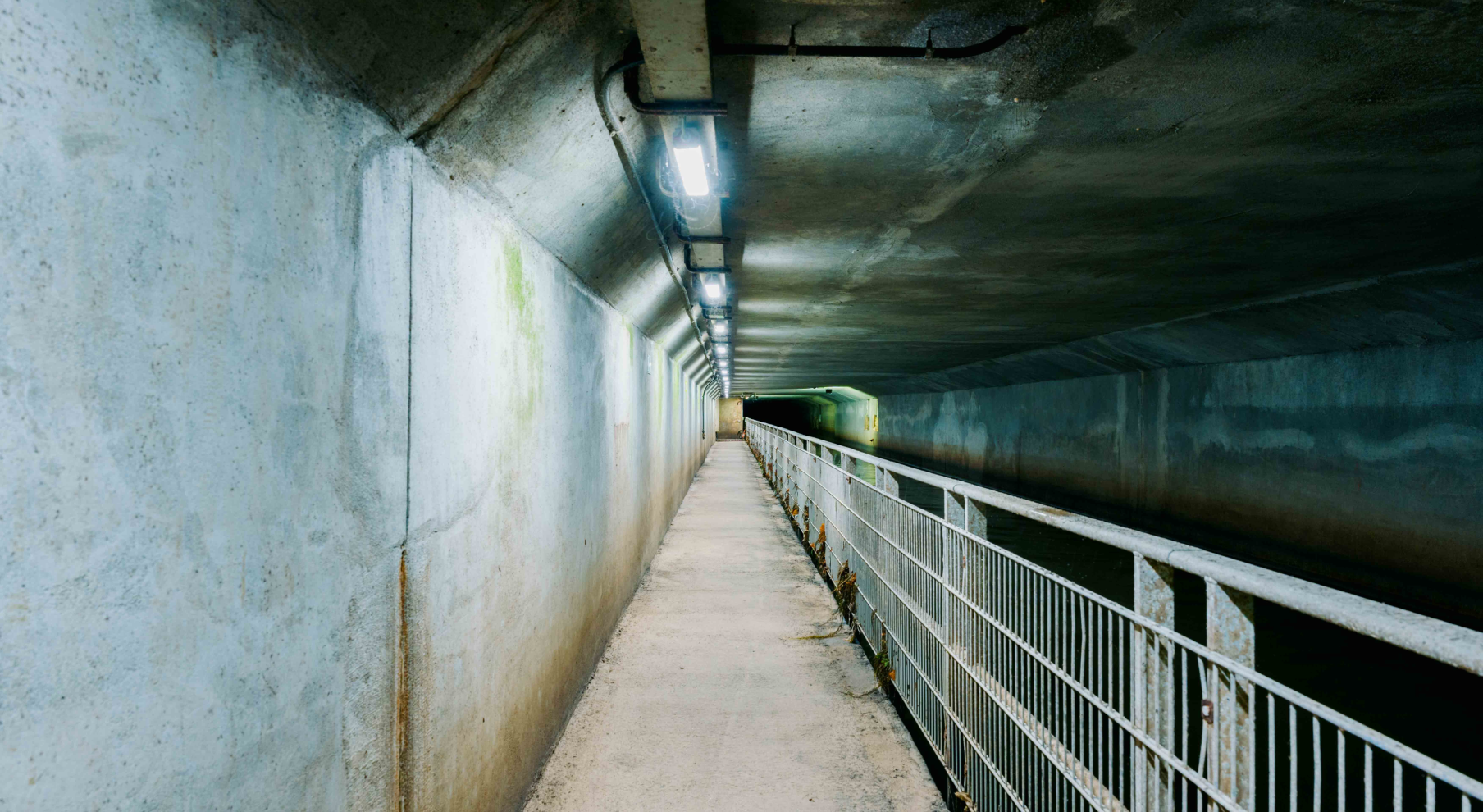
© Copyright here
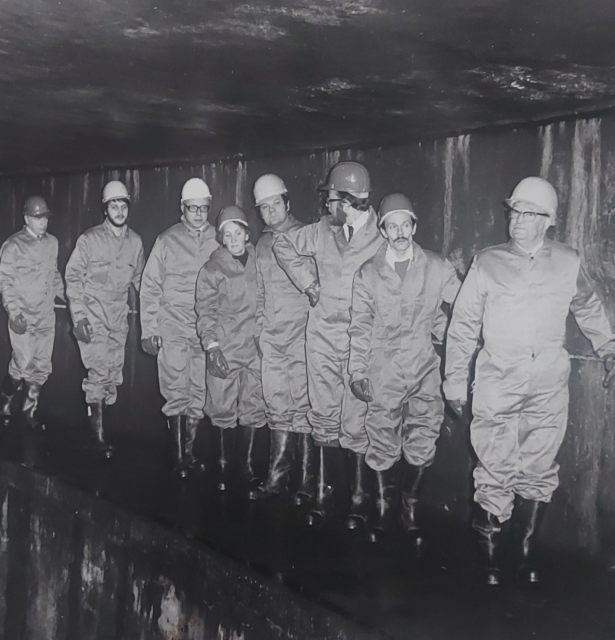
History
In the 1980s, the City of Brussels’ Sewage Department regularly received requests to organise visits to its underground network. That is when the idea of a sewer museum emerged.
The site where the toll houses are located, at the Porte d’Anderlecht/Anderlechtsepoort, is the ideal place for such a museum. There, beneath the site, you will find a collector, some secondary sewers, and the covered river Senne. The museum opened on the May 30, 1988.
This collaboration involving engineers, scientists, historians and the sewer workers themselves offers a unique perspective. The museum was renovated in 2007 and has been run by the Culture department since 2015. The Museum department is responsible for day-to-day management.
Since 2010, VIVAQUA has managed and maintained the sewers. Active collaboration with the water authorities of the Brussels-Capital Region, through the non-profit organisation AQUABRU, makes it possible to provide up-to-date information on water collection techniques and wastewater treatment.
Brussels beneath your feet
The museum is housed in two neo-classical former toll houses. You enter through one and exit via the other! In between, you will discover the vital work of sewer workers and the resources that are used to fight flooding in the city. After descending a few meters, you’ll be able to stroll along the banks of the Senne and enter a real sewer: the main sewer beneath the Chaussée de Mons/Bergensesteenweg!
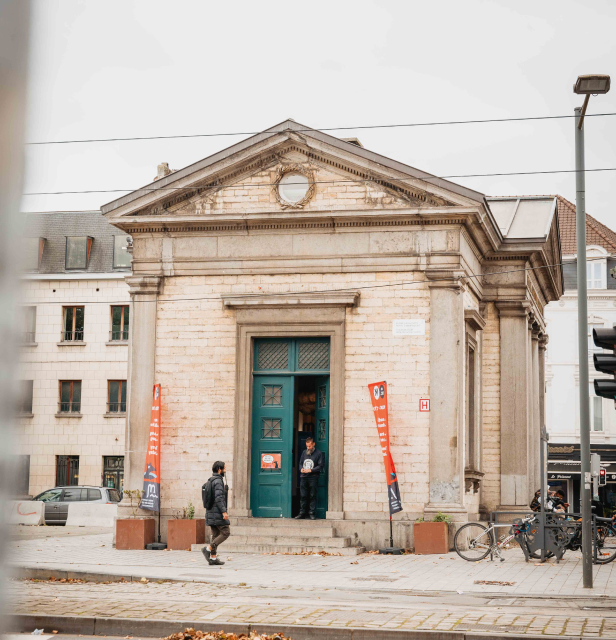
© Copyright here
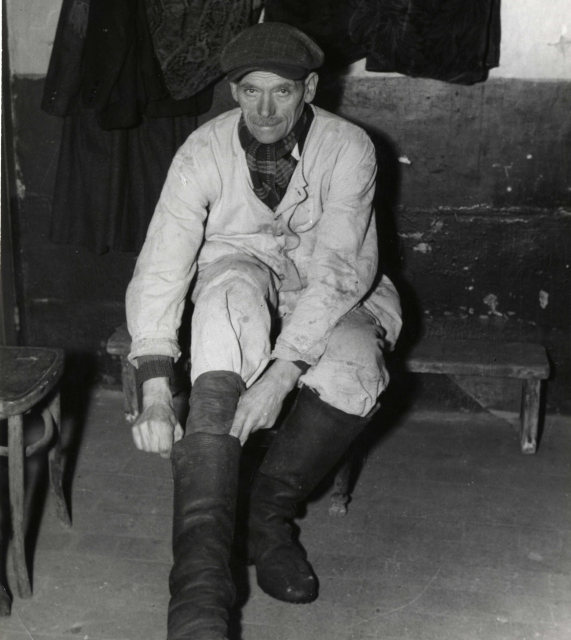
© Copyright here
Sewer workers: a misunderstood profession
Your visit to the museum will help you understand the work that takes place in this underground world. Every day, sewer workers build, renovate, and maintain sewers, while combating flooding.
Photographs, a model and a variety of objects all help to demonstrate the importance of this world beneath our feet. How does water get from our homes to the water treatment plant? How are sewers and underground transport networks connected?
Discover the mysterious river Senne
From the open-air river Senne to the time when it was first covered up in the 19th century, archive photos take you through the river’s turbulent history. Get up close and personal with this river which is hidden a few meters beneath our feet.
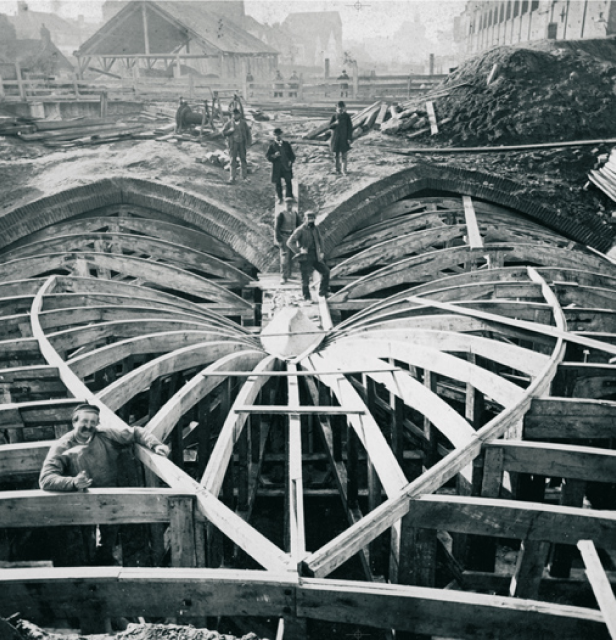
© Copyright here

© Copyright here
The water cycle in the city, from the tap to the river Senne
The museum wants to help you understand the water cycle in the city. Our route invites us to think about our water consumption, the things we use water for each day and ways we can help build a good living environment.
Theme year
Since 2023, the museum has been organising its programme around an annual theme, highlighting a particular subject each year. This allows us to enhance our permanent exhibition with content that reflects topics close to our heart.
The theme is explored in a variety of ways — through temporary exhibitions, creative workshops, scientific activities, games, talks, and more. There’s something for everyone!
